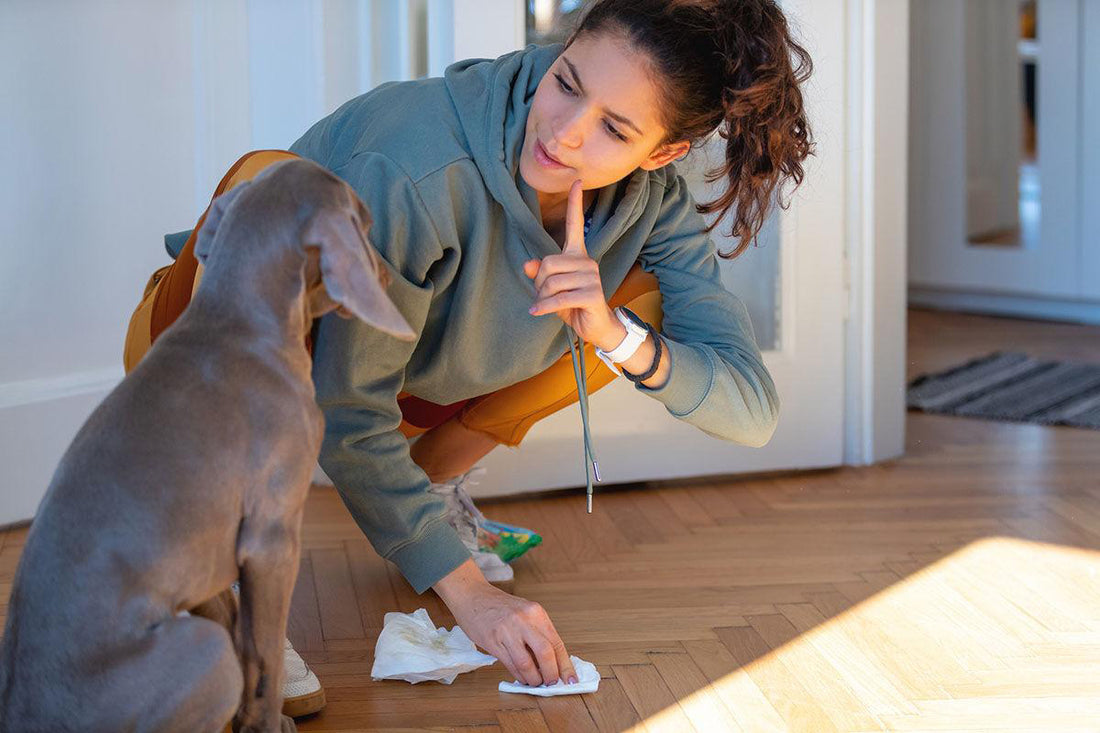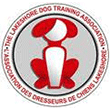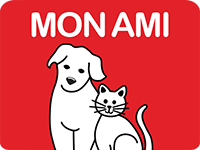
Piddle while you woof
Originally Posted on www.thesuburban.com, written by Judie Amyot
You’ve just brought home a puppy to become your newest family member and are filled with excitement and the confidence that you know exactly how you will deal with training and taking care of this precious fur baby for the rest of its life.
Yet the first thing this pup does, upon entering your home, is leave a warm puddle on your brand-new carpet. It’s excited or scared and has no idea where it is, and this reaction can also apply to any dog of any age when it first sets foot in your home.
You’ve got some work to do unless you bail like some dog adopters and race that poor thing back to the adoption centre because you wanted a turnkey situation. Turnkey very rarely happens, even with dogs that have lived with families before coming to you. They are in an unknown place with a different routine so accidents may surely happen.
Your pup, regardless of its age, needs your patience, love, training and positive reinforcement when getting it to relieve itself in an appropriate place and not all over your floors. However, if your toilet trained dog is now experiencing urinary incontinence, there could be a medical reason that your veterinarian needs to diagnose.
Urinary incontinence is when your dog involuntarily loses control of its bladder and can range from small leaks to large amounts of urine. This is not a behaviour-related issue and is usually caused by a medical condition of which your dog most likely isn’t even aware is happening.
There are many causes of urinary incontinence in dogs including: urinary tract infection; weak bladder; inherited medical condition; hormonal imbalance; prostate disorders; diseases such as diabetes, kidney disease and Cushing’s disease which cause excessive drinking of water; some medications such as corticosteroid; and urinary stones.
The most visible sign that your dog is incontinent is dripping urine and the surrounding skin may be irritated or red. Your dog may also be licking its genital area more frequently. Time to head to the vet. You will be asked when and where you are finding urine, when the problem started and if it’s getting worse, if your dog needs to go out more often, is drinking more than usual, and if urination seems painful. Early detection and treatment of incontinence can help prevent more serious complications such as bladder or kidney infections.
While urinary incontinence can happen to any dog, it is more likely in certain types. Middle aged to older spayed female dogs are prone to “spay incontinence” commonly caused by lower estrogen levels, and older dogs can be affected because the urethral muscles are not as strong as they used to be. Certain dog breeds are also prone to this affliction, namely: German Shepherds; Rottweilers; English Springer Spaniels; Doberman Pinschers; Weimaraners; Old English Sheepdogs; Dalmations; Bearded Collies and Collies; and Boxers.
Your vet will do a thorough examination and may order some tests such as urinalysis, blood tests, an ultrasound, a urine culture and radiography. These tests will help determine the root cause and the best treatment plans for your dog. If there is a bacterial infection, antibiotics may be prescribed. A hormonal imbalance can be treated with hormone therapy with estrogen supplementation for females and testosterone for males. Stones may have to be surgically removed.
Managing your dog’s incontinence in your home can be done by using doggie diapers, walking your dog more frequently, using waterproof pads under their bedding and maintaining proper hygiene to prevent skin infections which can develop quickly so keep an eye on your dog’s condition and consult your vet for treatment plans.
The seven dwarfs may have whistled while they worked under the watchful eye of Snow White, but you need to keep a watchful eye on your dog in case he piddles while he woofs!
Judie Amyot is a volunteer with Animatch, a non-profit dog adoption service.








